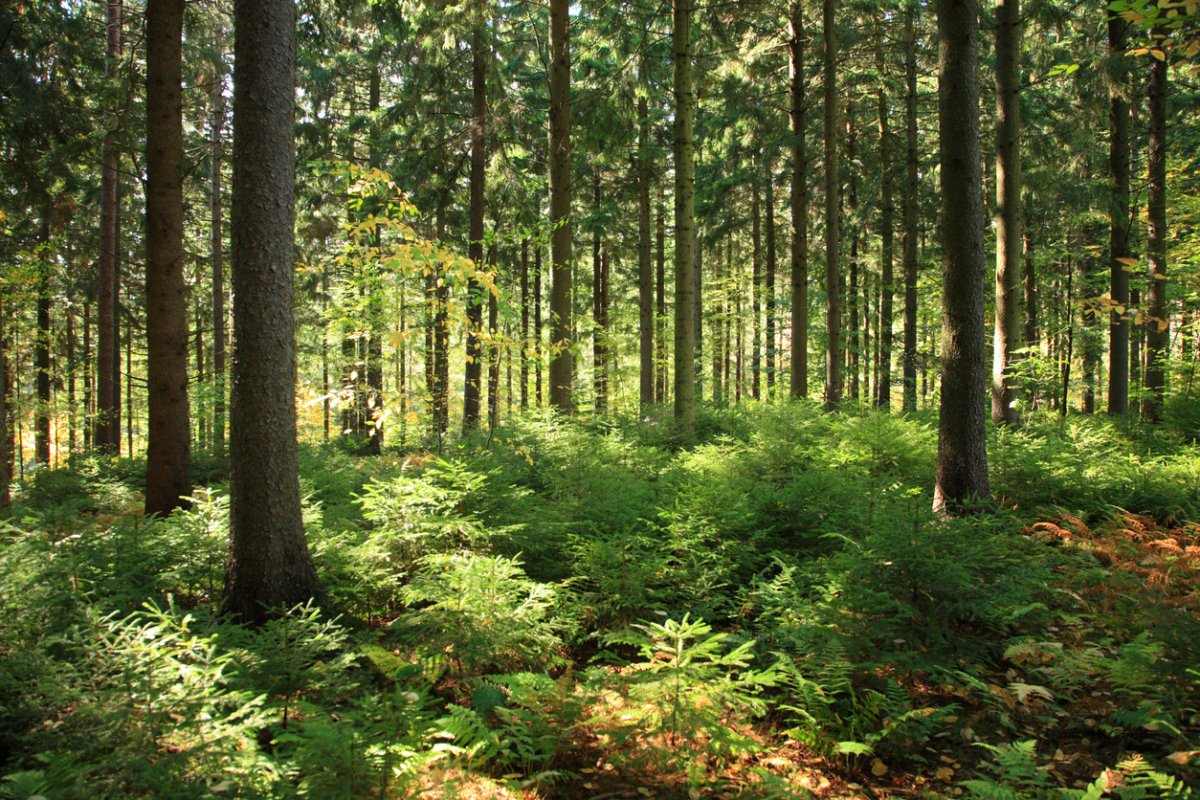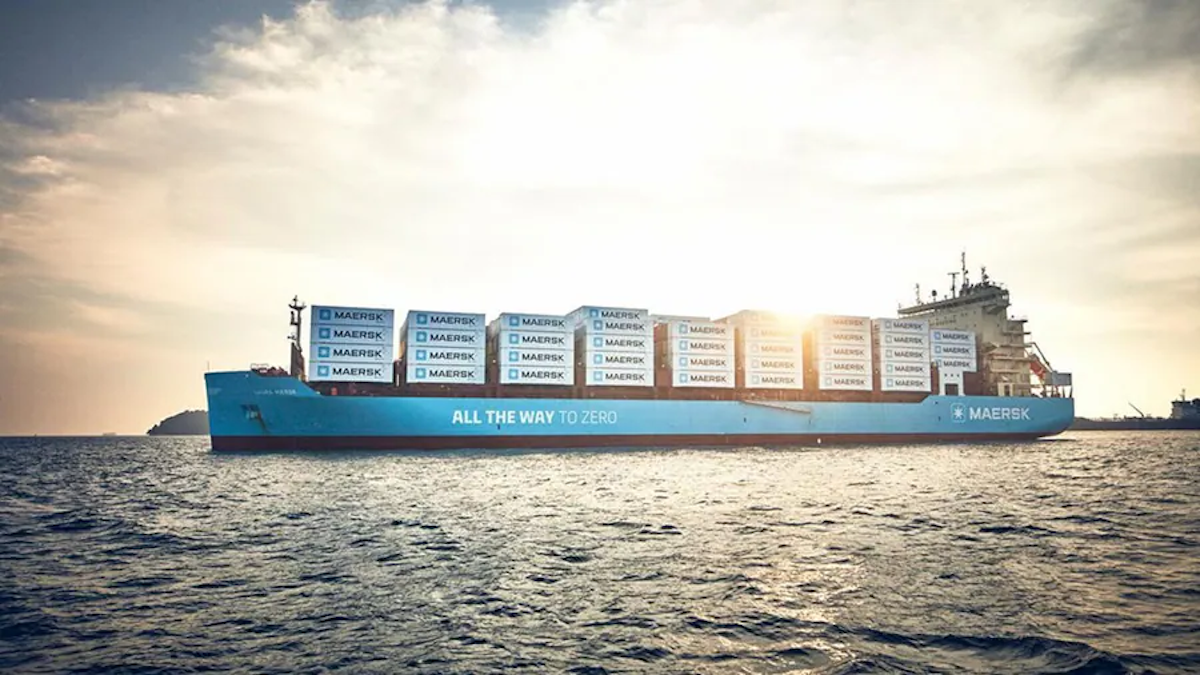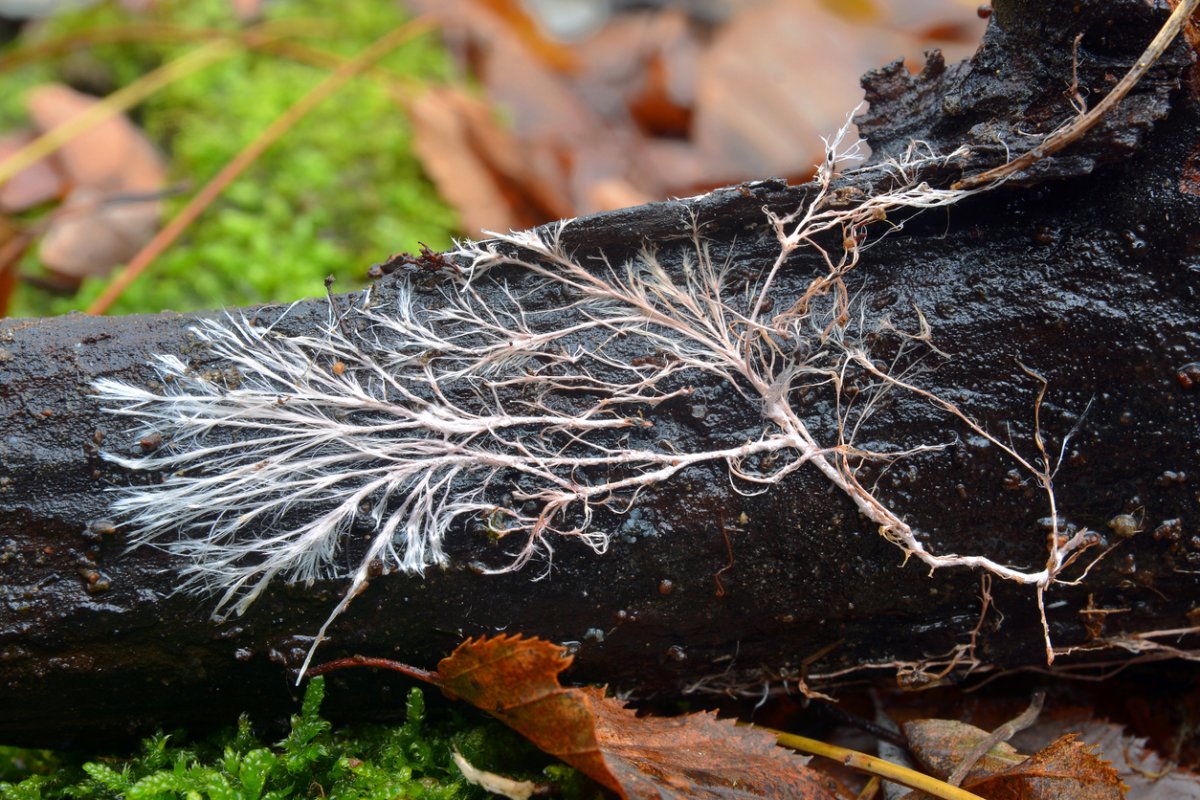We may earn revenue from the products available on this page and participate in affiliate programs. Learn More ›
Earth Day has been celebrated on April 22 since 1970. According to EarthDay.org, instead of seeing the holiday as just a stand-alone day each year, it should be viewed as more of a movement and a call to action to protect our Earth.
With all the news about climate change, pollution, extreme weather, and more, it is easy to feel depressed and worried about the future of our planet. However, while these are certainly very serious issues that shouldn’t be dismissed, recent scientific studies have shown that there is still some good news to celebrate. Read on to learn more about some positive findings and discoveries that can give us all the motivation we need to keep fighting for our planet as we show our support this Earth Day.
Reforestation Helps Cool the Land Surface

We’ve all heard that the loss of rainforests and trees has been detrimental to our climate. According to a study published in Earth’s Future, we can counter some of these negative impacts through reforestation.
Dr. Mallory Barnes, an Assistant Professor at Indiana University and the lead researcher of the study, shares, “Our research shows that extensive reforestation in the Eastern United States helped moderate regional temperatures during the 20th century.” Dr. Barnes explains that the water vapor released into the air by the trees works to cool the surrounding environment. She says, “Our data show that on hot summer days, trees can reduce surface temperatures by 4 to 9 degrees Fahrenheit compared with grassy or agricultural areas.”
While Dr. Barnes notes that full-scale reforestation to counter all the deforestation that occurred through the 20th century will not be easy, she emphasizes that the findings of the study “confirm that reforestation/tree planting is an effective method for local climate adaptation in temperate climates like the Eastern US, especially in urban settings where the urban heat island effect exacerbates temperature increases.”
“Beyond the cooling effect through transpiration, trees also provide shade,” says Dr. Barnes. If you’re looking for a way you can make some positive changes, she explains, “homeowners can reduce energy costs and make their outdoor spaces more comfortable by planting ecologically suitable trees in strategic locations.”
Oceanic Robots Are Sinking CO2-Absorbing Seaweed
Seaweed can absorb carbon dioxide, posing a threat to the environment when it washes back up on land. Seaweed Generation came up with a creative solution to prevent this from happening. They invented the AlgaRay, a robot shaped like a manta ray that pushes floating seaweed deep into the ocean. At these depths, the seaweed is unreachable by the sun, preventing it from being able to go through photosynthesis. The seaweed eventually dies, keeping all the carbon it has absorbed captive at the bottom of the ocean.
The scientists at Seaweed Generation are optimistic and think that eliminating the carbon from the ocean will positively impact the environment because it will limit the amount of carbon that is transferred from the ocean to the Earth’s atmosphere.
Artificial Coral Reef Restoration Shows Promise

A study in Indonesia at the Mars Coral Reef Restoration Program shows that humans may be able to artificially restore coral reefs that have been destroyed by climate change, storms, fishing, or other causes. At the site of a coral reef that was destroyed by dynamite fishing over three decades ago, the scientists attached “reef stars” to the ocean floor. The reef stars offered a surface for coral larvae to attach themselves to and start growing. Much to the surprise of the researchers, it took just four years for the reef to recover. This signals that we may be able to undo some of the harm humans have inflicted upon coral reefs.
A New Type of Concrete Can Absorb CO2
Rick Fox, who earned fame through his career and three NBA Championships with the Los Angeles Lakers, is making a new name for himself by working to combat climate change. The former basketball legend is the CEO and co-founder of Partanna, a company that manufactures concrete. However, the carbon neutral concrete it creates is different from the standard material that you’ll find on roads, sidewalks, and buildings.
The first key difference between Partanna’s concrete and the “standard” concrete is that it is made from recycled and natural materials. The production process also doesn’t utilize the high temperatures that release more emissions into the air. What’s more, as the concrete hardens and cures, it actually absorbs CO2 from the air, effectively decreasing pollution levels in the atmosphere.
As an example, nearly 80 tons of CO2 would be released into the air when constructing a 1,250-square-foot home with standard concrete. However, when Partanna concrete is used to make a comparable structure, more than 20 tons of CO2 would be absorbed from the air — a net decrease of nearly 100 tons of CO2.
Using Lab-Grown Oils Can Protect the Environment
Steven J Davis, JD, PhD, a Professor of Earth System Science at the University of California, Irvine, and his team of researchers have been studying the potential benefits of synthesizing cooking fats and oils in a lab. Currently, growing corn, soy, and palm to produce these oils consumes millions of acres of farmland and billions of gallons of water. Growing the crops also pollutes waterways and threatens wildlife when pesticides runoff into rivers and streams.
Davis summarizes the potential promise of his research: “The ability to synthesize some of our food from air and water could make us less vulnerable to natural disasters while also reducing some of humanity’s biggest impacts on the environment, including climate change, water and air pollution, and habitat destruction.”
Bio-Methanol-Powered Container Ships Are Becoming a Reality

Earlier this year, Maersk, a global merchant shipper, debuted its first bio-methanol-powered container ship. The new prototype shows that it is possible to lower cargo-shipping emissions of ammonia, methanol gas, hydrogen, and other harmful chemicals by up to 70 percent. The ship runs off green methanol, a combustible gas which is gathered from plant waste that has started decomposing.
As of July 2023, Maersk has ordered 25 more bio-methanol-powered cargo ships. The company is also taking measures to modify some of their existing vessels to make them compatible with the green methanol fuel.
For those that question the higher fuel price — which can cost two to four times as much as conventional fuel — container ships carry such large loads that products would only need to see a very minor price increase to make up for the difference.
Flash Graphene Can Reduce CO2 Emissions, Save Coal Jobs, and More
Dr. James Tour and his team of researchers at Rice University have found a way to turn coal and other materials into graphene. Graphene, which is pure carbon, is a lightweight, durable, and highly versatile material. It is used in electronics manufacturing, construction, and other fields. Dr. Tour and his researchers developed a process called “flash graphene,” which enabled them to turn several raw materials into graphene by delivering a 3,000-degree Kelvin shock.
The study holds promise, as even small amounts of graphene can make construction materials, such as concrete, stronger and more long-lasting. It can also help reduce carbon emissions by converting coal into graphene instead of burning it. Doing so will preserve coal companies and the jobs of individuals who work in the mines while simultaneously decreasing the negative environmental impacts associated with the process.
New X-Plane May Make Net Zero Aviation Emissions a Reality

NASA and Boeing have been working together to make the new X-plane. The plane, which is designed around a Transonic Truss-Braced Wing concept, features very long and thin wings. This first prototype from the partnership between the two groups represents their joint goal of achieving net zero aviation emissions by 2050. The plane’s advanced engineering, along with other recent aeronautical advancements, has the potential to consume as much as 30 percent less fuel than current airplanes. NASA has committed $425 million along with collaboration from some of its technical experts to help ensure the success of the project.
Glass Bottles Can Reduce Electricity Consumption
Researchers Hoi Fung Ronaldo Chan and Can Jovial Xiao earned the James Dyson Award in 2023 because of their innovative discovery that works to keep glass bottles out of landfills while also cutting back on energy consumption. The pair used glass bottles to create a reflective coating, called E-COATING, that can be applied to buildings. By reflecting sunlight, the glass coating helps keep homes and other structures cooler. This translates to lower energy consumption and utility bills.
It’s Possible to Convert CO2 into Sustainable Fuel
Instead of letting CO2 pollute our air, researchers from Cambridge University have shown that it is possible to capture the emissions and convert them into sustainable fuel. Using a solar-powered reactor, the team was able to capture CO2 emissions. Plastic waste was used as a catalyst to turn the emissions into fuel and other chemical goods. The study built on previous research that also converted CO2 into fuels with one notable difference. This time, researchers were able to capture the CO2 from industrial exhaust and other non-lab sources to convert it into something that can have a positive impact on our planet.
Fungi May Hold the Key to Containing Fossil Fuel Emissions

Researchers discovered that mycelia, or fungi roots, store more CO2 than the oceans, showing its promise in keeping fossil fuel emissions from causing further damage to the environment. In a study co-authored by Katie Field, Professor at Sheffield University, researchers uncovered that plants transfer 13 gigatons of CO2 to fungi. If acted on, these findings present the potential for a simple solution for storing carbon and keeping it out of the atmosphere. Mycelia grows quickly and can be planted in more areas to help contain fossil fuels. Plus, it will yield more mushrooms, which are a source of food.


